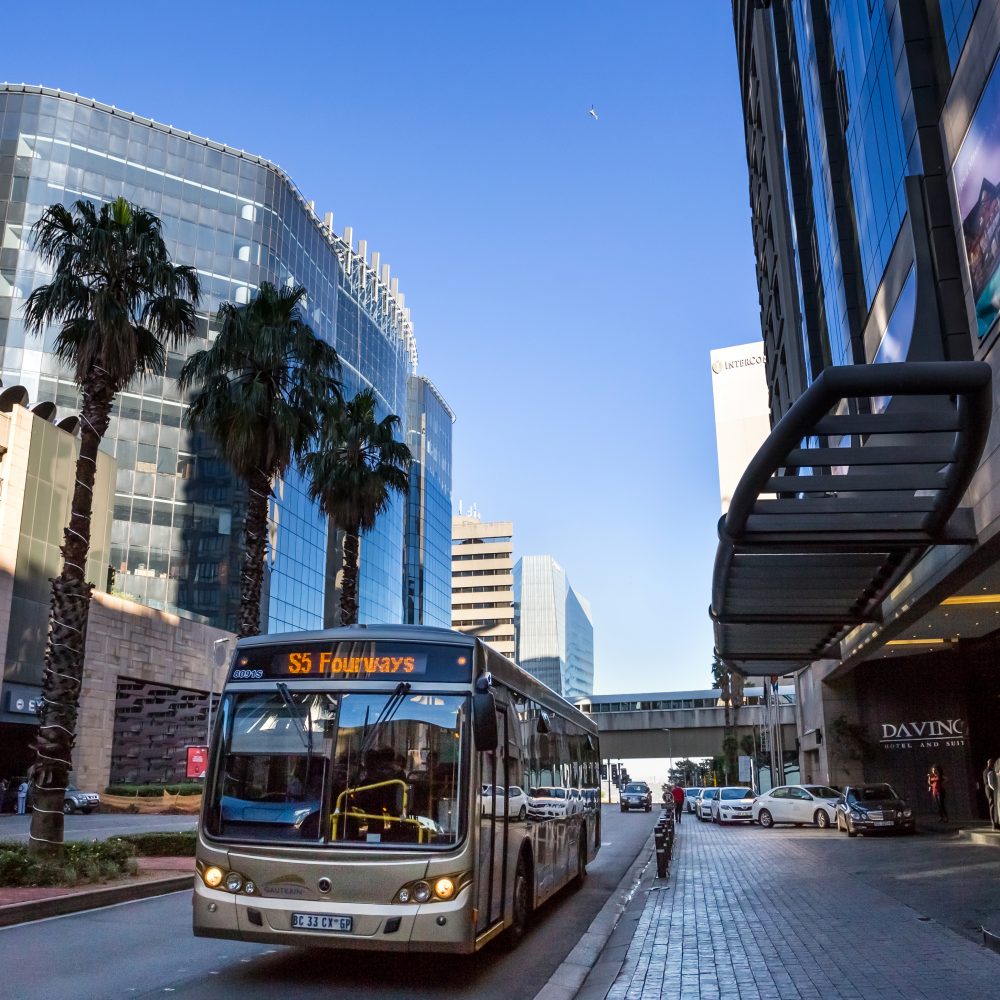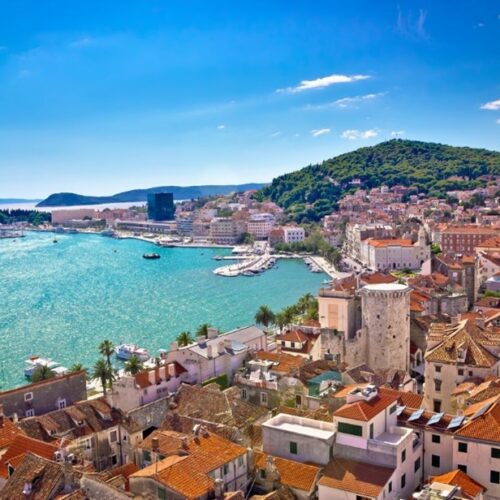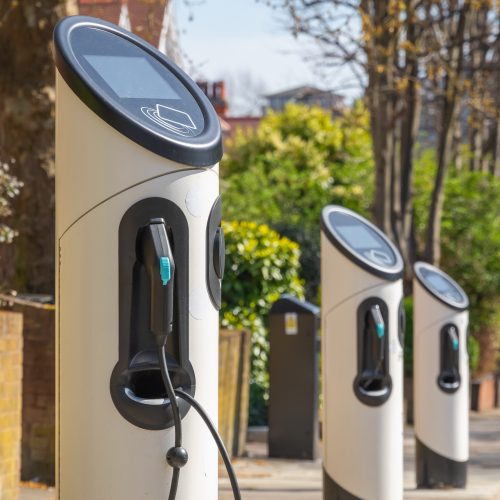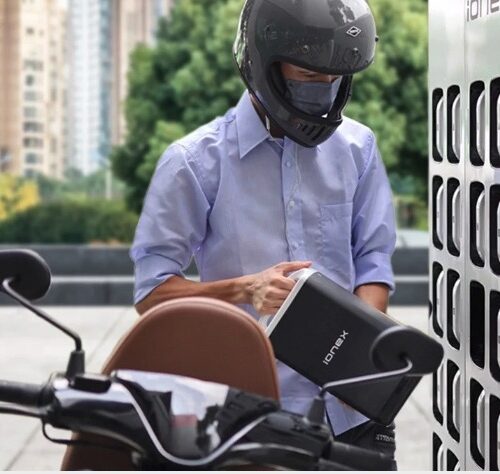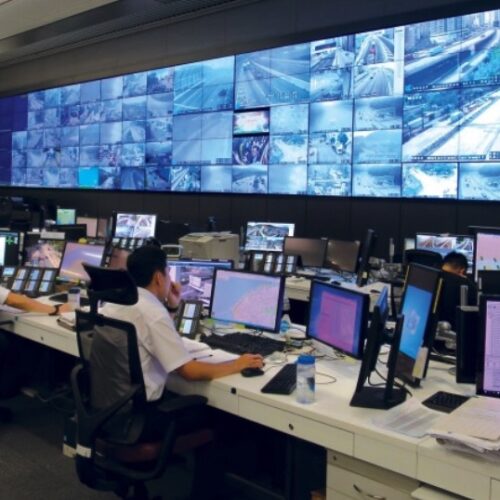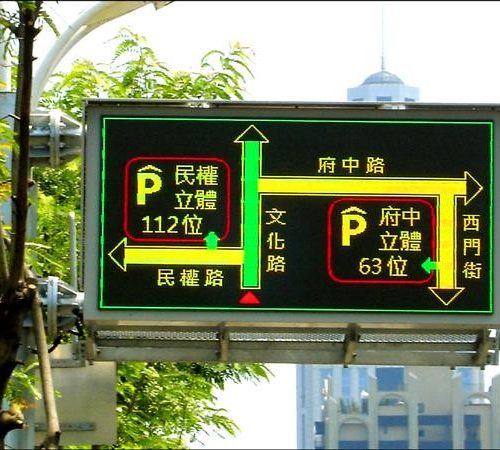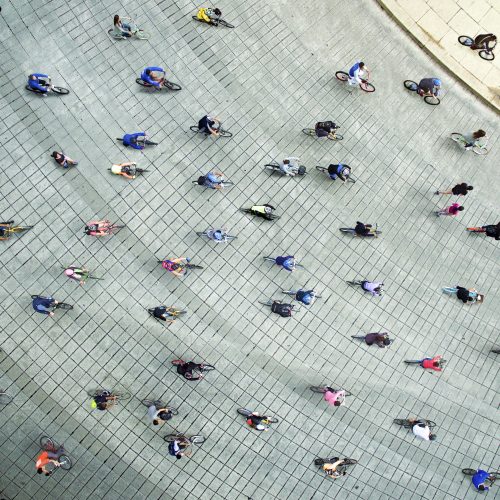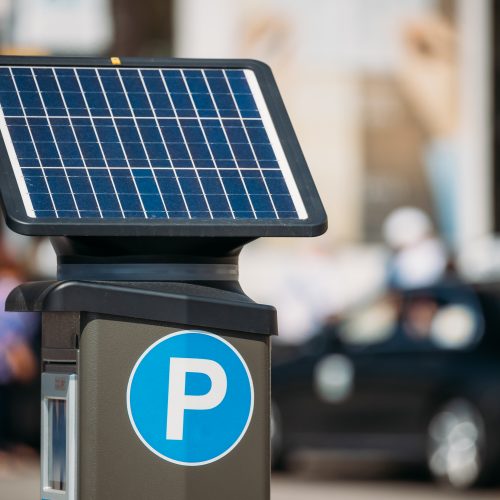Context and policy overview
The urban configuration of the City of Johannesburg had been moulded on the principles of the racial segregation imposed during apartheid, in which high-density neighbourhoods were surrounded by low-density areas with little access to public transport to connect across districts.
Because of this legacy, large segments of the population, particularly Black South Africans from working-class or low-income backgrounds, were living on the fringes of the city and lacked access to a viable transportation system to be connected across neighbourhoods.
In the city, Black South Africans constitute a majority of the population, totalling 76.4 per cent of all residents.[1] Over 70 per cent of the population used minibuses and taxi, leading to congestion and inefficiencies.[2]
In Johannesburg, social segregation was thus compounded by the spatial segregation imprinted in the urban infrastructure of the city. Therefore, the city’s very urban design prevented Black South Africans from having equal access to economic opportunities and contributed to perpetuating the cycle of poverty and marginalisation.[3]
In order to address these issues, the Mayor of Johannesburg, Mpho Parks Tau, launched the “Corridors of Freedom” initiative in 2013, which was aimed at creating both inclusive transportation and housing options to address spatial isolation in the city.[4]
The initiative followed the transit-oriented development paradigm, through which the City Hall sought to create “mixed-income communities centred around high-quality transportation options which would connect low- and high-income neighbourhoods.” [5] The initiative was renamed transit-oriented development corridors in 2017.
Implementation
Corridors of Freedom entailed developing the Rea Vaya bus rapid transit (BRT) system and associated pedestrian and cycling infrastructure that would connect historically underserved townships in Johannesburg to other parts of the city.[6]
It also included the development of mixed-income and mixed-use housing along the corridors, which was intended to foster economic opportunities for residents by creating spaces that could also host commercial enterprises.
The project had medium- and long-term objectives. The medium-term strategy entailed finalising five routes agreed upon via consultations with citizens by 2016 (Soweto to the CBD along with Perth Empire, the CBD to Alexandria, Alexandria to Sandton, Turfontein node, and the Mining Belt).[7]
The long-term strategy, to be completed by 2040, would also include the addition of corridors reaching Diepsloot and Ivory Park, two of the most densely populated yet underserved areas in the city.
During a budget speech in 2014, Member of the Mayoral Committee for Finance Geoff Makhudo declared that the Mayoral office allocated 2.6 billion South African rand (US$ 188 million) to the construction of the Rea Vaya and cycling and pedestrian infrastructure, as well as 255 million South African rand (US$ 17 million) to housing projects.[8] The capital cost of Rea Vaya was around US$ 11 million per km, significantly lower than the cost for building Jonannesburg’s metrorail system (US$ 50 million per km).[9]
The project’s implementation followed a two-branched approach which included a communication campaign and the establishment of a small team of technical experts.[10]
The communication campaign was specifically targeted at sceptical stakeholders in the three priority areas identified, including the municipal area of Soweto. The campaign included a booklet and a video of Mayor Tau’s State of the City address in which he discussed the opportunities presented by Corridors of Freedom.
The team of experts, on the other hand, was tasked with conducting feasibility and market studies to then submit proposals for mixed-use, mixed-income and high-density developments.[11]
Throughout the implementation process, the Johannesburg Development Agency (JDA) played a key role in coordinating between different municipal bodies, private sector stakeholders and civil society.[12] Specifically, its coordinating role with the Johannesburg Property Company was essential for coordinating the purchase of land to further development along the Corridor and render the project economically viable.
To incentivise private sector investment, the City of Johannesburg then established special development zones, which had been pre-approved by the City for development and, thus, entailed reduced waiting time for planning approval and greater leeway in the negotiation of levies.
Funding for the initiative was allocated by both the national government of South Africa, through the Public Transport Infrastructure and Systems Grant, and the City of Johannesburg. Importantly, the City ensured that the strategic objectives of Corridors of Freedom were embedded into the operations of the City more broadly by coordinating across sectoral capital budgets.
As a result, between 2018 and 2020, 14 per cent of public capital expenditure was devoted to Corridors of Freedom, as other departments integrated and aligned their objectives with those of the initiative. On the other hand, the operating cost of the Rea Vaya was designed to be covered through fare revenue and city operational subsidies.
Barriers and critical success factors
Institutional fragmentation and South Africa’s colonial history of expropriation were among the major obstacles slowing down the implementation of the project, since acquiring and repurposing land faces several layers of administrative approvals and restrictions. For example, new developers, both public and private, are required to demonstrate the redistributive purpose of the assets purchased in the context of the development plan.[13]
Another challenge is to protect the interests of the minibus-taxi sector, as formal bus services might cause severe income loss for minibus owners and drivers. The City started discussions with the taxi community during the planning stage, and it took 14 months to reach an agreement between the two sides.
Displaced drivers were offered financial compensation as well as employment and training opportunities – more than 400 ex-taxi drivers registered in the BRT employment database. In addition, around 300 minibus operators became stakeholders of the new BRT operation company.[14]
At the same time, the budgetary processes within the City of Johannesburg facilitated the allocation of funds for the project and contributed to its success. Specifically, since the municipal planning department handles capital investment, the necessary budget allocations were made relatively quickly, preventing backlogs and delays.[15]
Throughout its implementation, the city also factored in entry points for the private sector to contribute, developing incentive schemes to promote investments and designating a municipal body, the JDA, as a liaison. Despite this, private sector involvement in the projects was, at times, lacking, as investors preferred to carry out development based on market incentives rather than the spending priorities of the government.
Lastly, the project took place in the context of favourable national policies towards inclusive infrastructure and transport-related investments. In fact, in preparation for the 2010 World Cup hosted in South Africa, the government greenlighted investments in BRT systems across the country. The knowledge and know-how accrued through these projects helped inform the subsequent development of BRT systems in Johannesburg.
Results and lessons learned
The Corridors of Freedom project was designed to yield benefits in the areas of spatial and economic inclusion. After its implementation, some improvements were observed in both areas, although spatial segregation, understood as greater access to transit and affordable housing, was addressed to a greater degree.
With regards to access to transit, the BRT system and the pedestrian and cycling infrastructure were effective in providing more equitable access to a larger share of the population. On average, the Rea Vaya buses transport 45,000 people daily.[16]
In addition, in Soweto, a new pedestrian bridge was built to connect residents with economic opportunities located in the central district.[17] However, in a survey conducted in 2016, 21.6 per cent of respondents declared that the high fares prevented them from using the buses, while another 35 per cent stated that they were unemployed and had nowhere to go.[18]
The BRT system thus addressed the needs of some but did not necessarily cater to the needs of the most low-income segments of the population, due to a mismatch between the fares and people’s ability to pay. Fares, in fact, are calculated based on distance, with a 10 per cent discount for off-peak travellers, and do not take into consideration income or other social aspects.
Through coordination with the Johannesburg Property Company, the City was able to catalyse investment from real estate developers to increase the number of new developments. As of 2017, between 4,500 and 5,000 units of affordable housing had been built or were in the pipeline.[19]
However, the abundance of new developments did not address the housing crisis in Johannesburg, as affordable housing as demand continues to outstrip supply, and the price of affordable housing options is deemed beyond the reach of the poorest segments of the population.[20]
The effects on economic inclusion, on the other hand, have been harder to assess. While one of the Corridors of Freedom’s stated objectives was providing a more equitable way to access economic opportunities for historically marginalised communities, the transit system did little to change the structural hurdles in the job market.[21]
As the City was not directly in charge of structuring policies in the education system, some of these objectives could not be addressed through access to transport and social housing alone, but would require a comprehensive rethinking of all aspects of social policy, including education, to ensure that the skills taught in school match the demands of the market.
Corridors of Freedom provides interesting lessons learned for policymakers interested in addressing spatial inequalities in cities:
- Political leadership and vision are essential to fuel long-term, resource-intense projects, especially those focused on infrastructure development.
- Policymakers should seek to avoid creating silos and, on the contrary, should seek to align the strategic goals of different projects for maximum impact.
- Purchasing land can be an onerous component of an infrastructural development project, weighing in as a large share of the budget. Tasking a specific municipal body with coordinating the purchase of land cannot only expedite the process but also keep prices lower.
- In the context of infrastructural development projects, policymakers should seek to embed opportunities for the private sector to contribute resources and know-how to ensure the project’s continued success and sustainability. Careful analysis of these incentives should entail the mapping out of other competing market-based incentives to ensure that private sector capital is disbursed in alignment with the strategic priorities of the project where possible.
- Policies that seek to address economic inclusion should also take into consideration the structural barriers to inclusion that go beyond the physical configuration of a city. Alignment across all departments and, where possible, across relevant levels of government on these goals, would magnify the impact of these policies.








